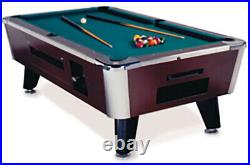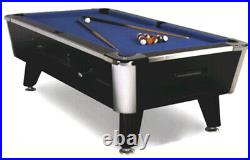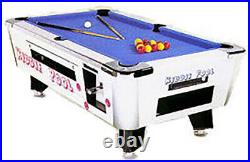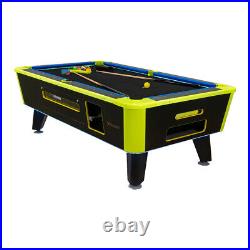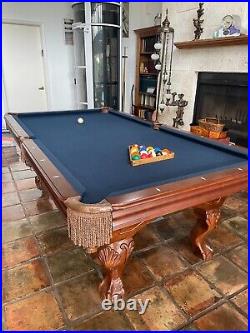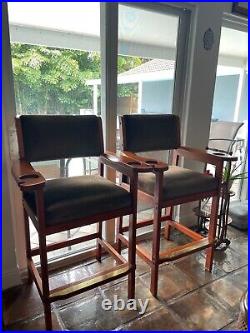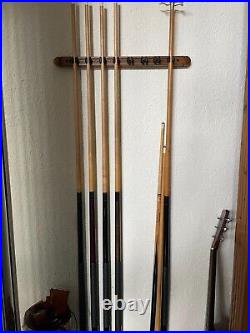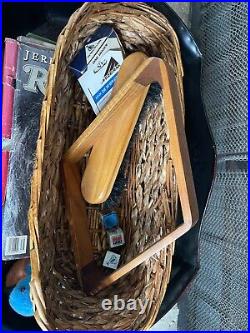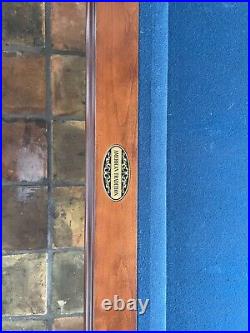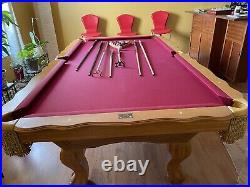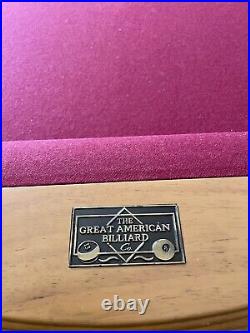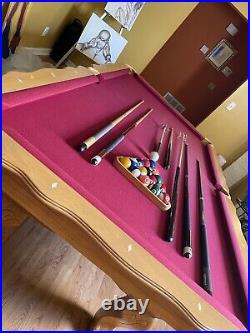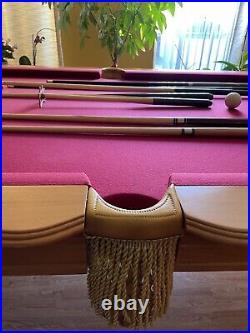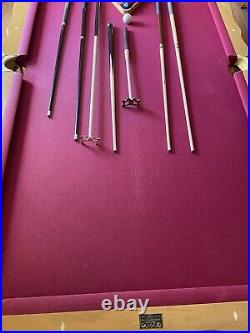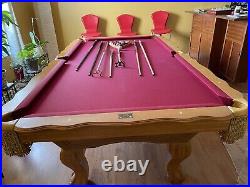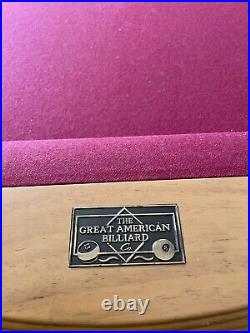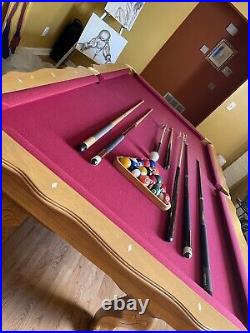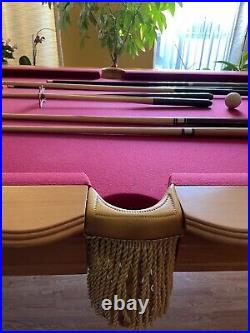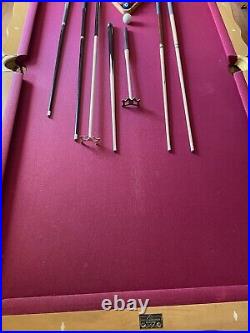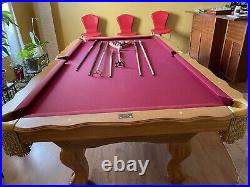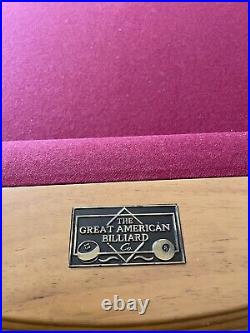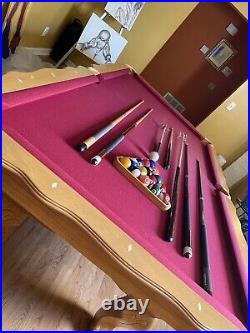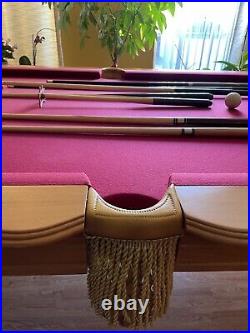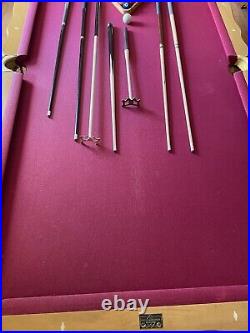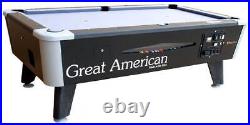Great American 6 1/2′ Eagle Coin-Op Billiards Pool Table
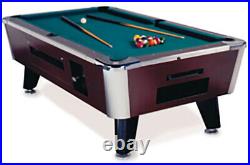
Air Hockey Parts & Accessories. Arcade Parts & Accessories. Bubble Hockey Parts & Accessories. Dartboard Parts & Accessories. Foosball Parts & Accessories. Furniture, Home Décor & Accessories. Jukebox Parts & Accessories. Photo Booths & Accessories. Pinball Parts & Accessories. Ping Pong Parts & Accessories. Pool/Billiards Parts & Accessories. Shuffleboard Parts & Accessories. Table Games & Accessories. Vending Machines & Accessories. Great American 6 1/2′ Eagle Coin-Op Billiards Pool Table. 6 1/2′ Great American Eagle Coin-Op Billiards Pool Table. Solid popular cabinet grade 3/4 plywood construction on sides and bottom. Unitized composite trouble free and fast ball return assembly. Dome shake-proof washers on railbolts, corners and slate. Reliable anti-cheat dump bar system eliminates free play and service calls. Modular coin box housing designed for simple service. Hinged and locked hatch under table for leg storage and cleanout. Superior selection poplar wood top frame and rails for best cushion play action. Dual steel center slate supports provide reliable flat level playing surface. Premium lexan ball viewer with retaining screws and frame reduces chance of breakage. Vertical 5 coin mechanism adjust in moments on location complimented with a deep large cash box for generous earnings. Rails and slate are covered with a 21 oz. Unbacked cloth which promotes faster play and longer time before first recovery. Double rollers on ball release provide smoother action, less wear and less down time. Each table operates with magnetic 2 1/4″ or 2 3/8″ cue ball with 15th cue ball lock-up, accented by our reliable cue ball separator. Each table is crafted with the finest imported one piece slate. Cloth and laminate selections available on request. Gold Trim instead of Chrome Trim option is available upon request. Electronic Bill Acceptors are available for an additional price. Accessory Kit is Included. Rack & Magnetic Cue Ball. : 84.5 Width in. : 48.5 Height in. Pinball Machines, Arcade Games, etc. All games are delivered with a liftgate service and the driver will place the item in your driveway. They may place it in your garage, but are not required to do so. We have many partners who would be happy to install and setup your machine if you would rather not do so yourself. Do you have questions? Unlike many internet retailers, we love interacting with our customers. No voicemail and no wait times. We have highly experienced customer service representatives and technicians who are happy to assist you with any question or concern you may have. Please let us know how we can help.
